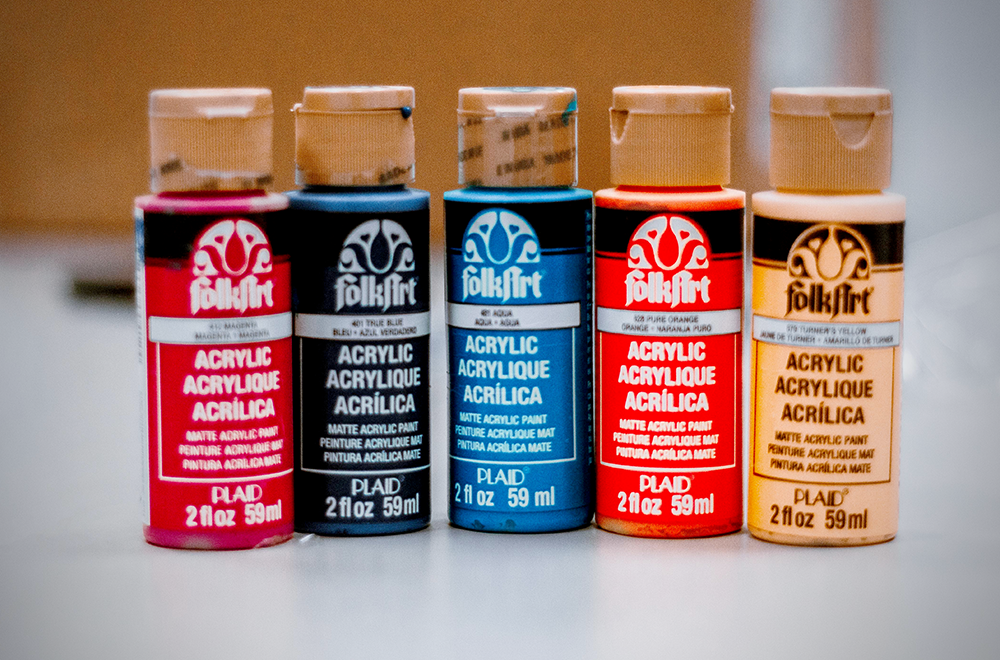As an artist, it can be tough to decide which type of paint best fits your project.
Get ready to put your art supplies to the test and find out once and for all, which reigns supreme: tempera paint or acrylic paint?
The competition is about to heat up as we compare and contrast these two mediums!
We’ll look at the basics that makes each type of paint unique, what surfaces are ideal for using them, plus get some pro tips from artists who swear by one over the other.
Both offer unique qualities and benefits, so it’s important to know the differences before you make your decision.
This showdown has been a long time coming, so let's find out if acrylic or tempera wins in this ultimate match-up!
Keep reading to learn more about the benefits of tempera and acrylic paint and decide which one is right for you.
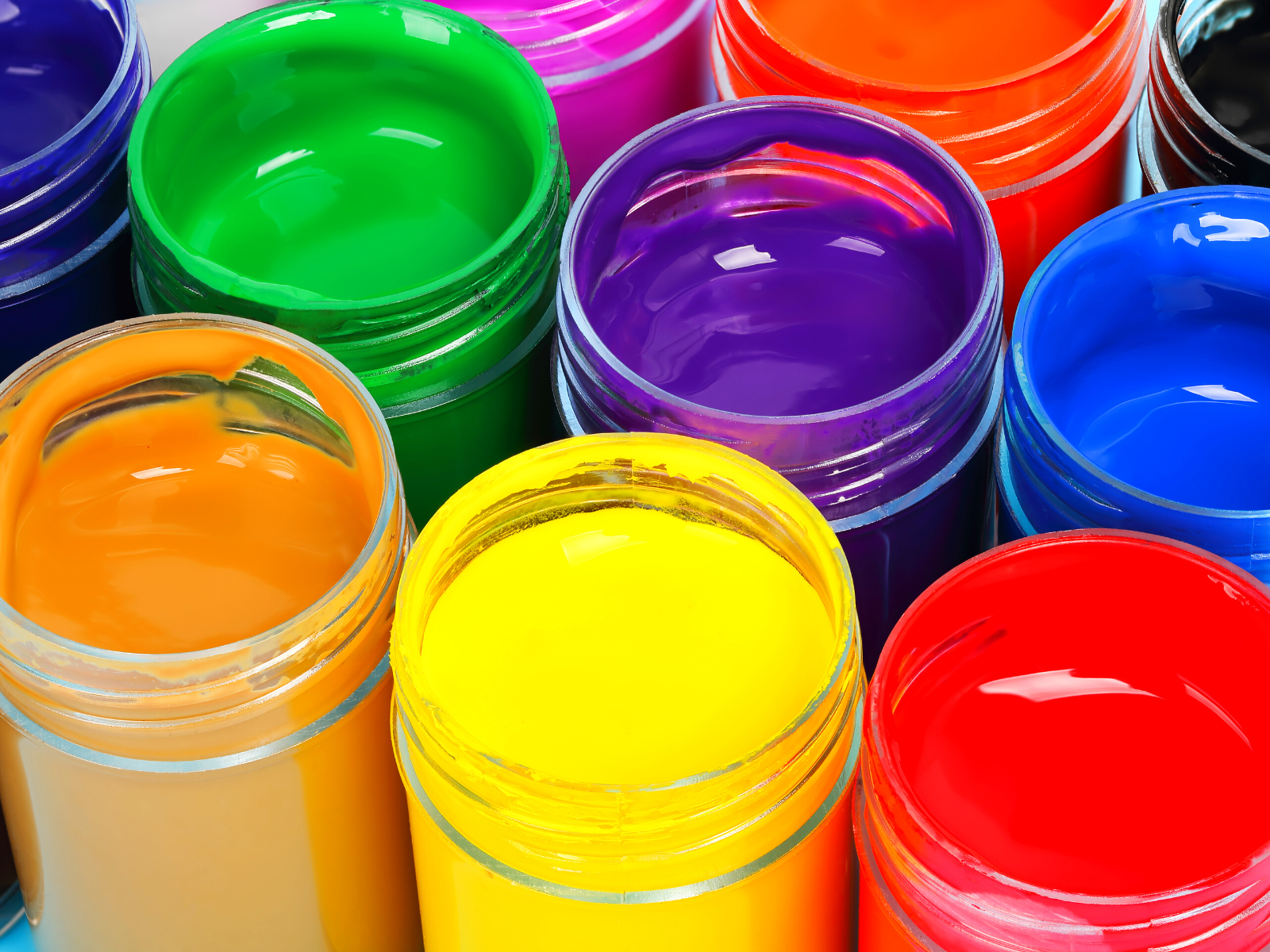

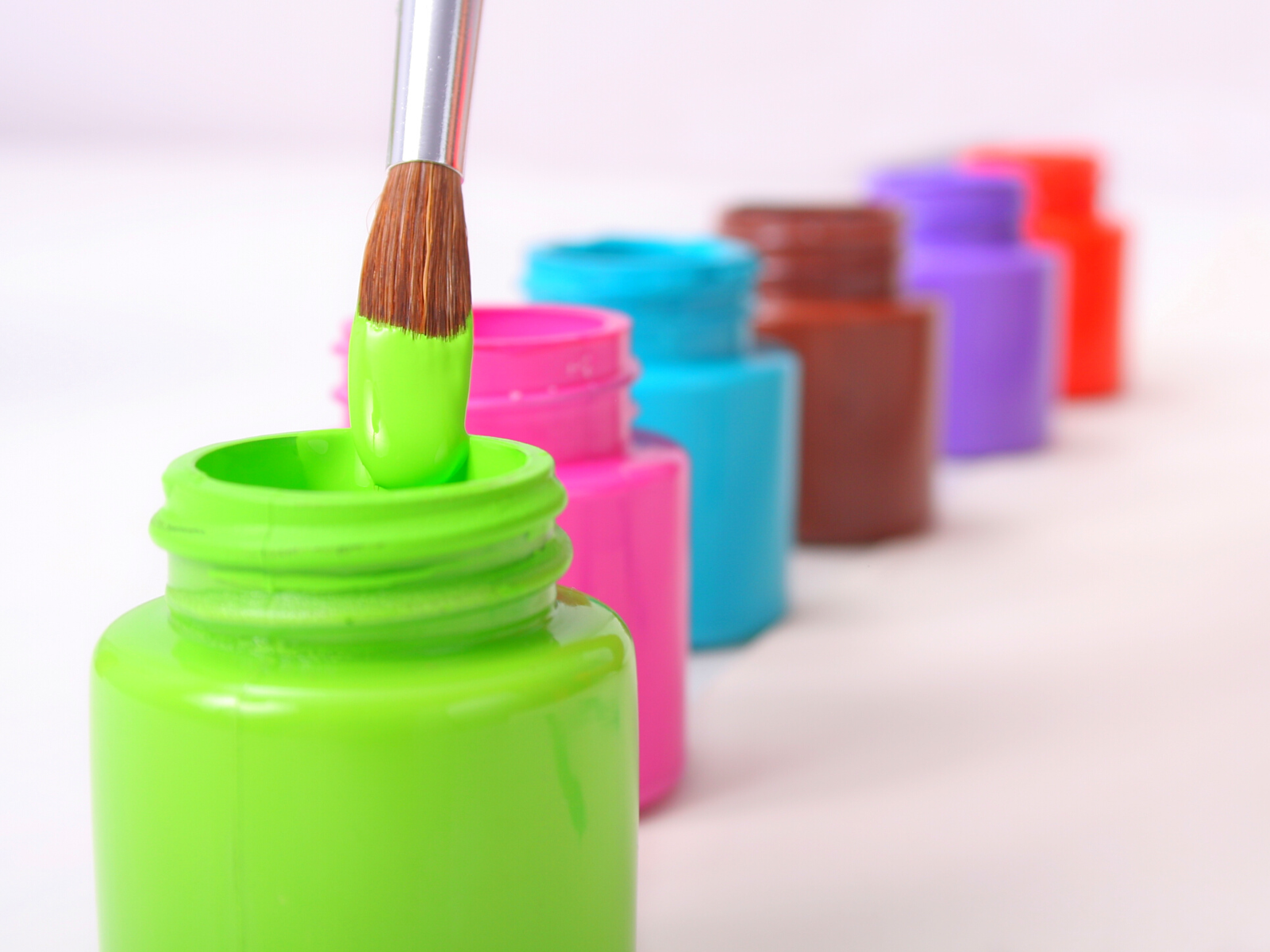
Tempera Paint
Tempera paint is a traditional painting medium that dates back centuries.
It was originally created by mixing ground pigments with egg yolk, but modern tempera paint uses synthetic binders, like casein or acrylic emulsion.
Egg tempera paint is still used by some artists, but it’s not as common; some artists enjoy the texture and chalky look it gives to the finished piece.
Liquid tempera paint is the most common type and it’s easy to find in any art supply store; the consistency tempera paint has is a thick, creamy texture, which makes it easy to work with.
Tempera offers bright colors that are fast-drying and adhere well to a variety of surfaces, including wood, canvas, paper, and metal.
This makes it an ideal choice for murals or other large projects where you need to cover a lot of ground quickly.
However, due to its water-soluble nature, tempera isn’t as permanent as some other types of paint, so it may not be the best option for projects that need to last a long time.
Oftentimes, tempera paint is a great option for kids to explore their creativity because it’s non-toxic and easy to clean up.
Plus, the paint colors are vivid and inviting - perfect for an after school art class!
Washable tempera paint is an especially great choice for young artists since it’s so easy to remove from clothing and walls.
Craft tempera paints are often washable tempera paints, and they also come in a variety of intensity levels so you can get just the right look.
You can even create your own tempera paint by mixing up some tempera powder with water and a few drops of liquid dish soap, or create stunning marbleized effects by stirring in a bit of liquid dish detergent.
Tempera can be thinned with water, but keep in mind that this will reduce its longevity.
Mixing tempera paint with a binder, such as acrylic gesso or matte medium, can also help it adhere better and increase its longevity.
It’s also important to remember that, while tempera is lightfast and fairly resistant to fading, it’s not waterproof and can easily be damaged if exposed to too much moisture.
Tempera paintings may not last as long as acrylic or oil paintings, but its quick-drying nature and bright colors make it a great medium for creating vibrant art.
Plus, it’s budget-friendly and easy to find, making them great for finger painting.
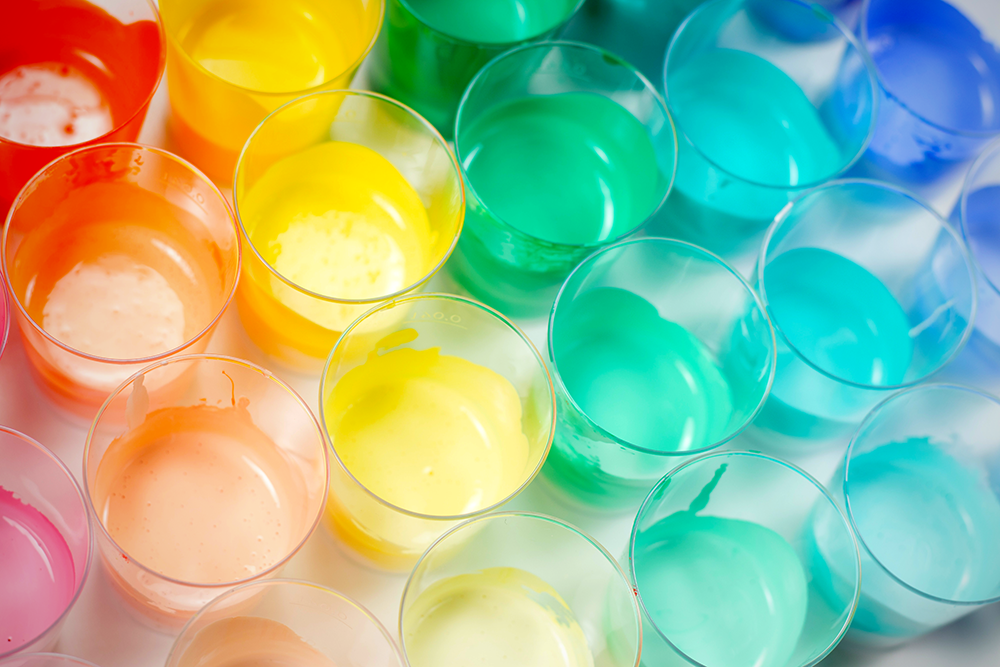


Acrylic Paint
Acrylic paint is another popular choice among artists because of its versatility and permanence.
Acrylic paints are made from pigment suspended in an acrylic polymer emulsion and they come in a wide range of colors and finishes.
These acrylic mediums have a thicker consistency than traditional tempera paint and are known for their fast drying time, vibrant colors, and durability.
Acrylic paints have an opaque finish, so they’re great for bold, vibrant images and covering up mistakes.
These paints also dry quickly and can be used on almost any surface including canvas, paper, wood, metal, glass, and more.
They are non-toxic and mix easily with other colors or mediums, like gels or pastes, to create interesting textural effects.
Because they are waterproof when dry they offer more longevity than tempera paints, making them ideal for projects that will remain outdoors over time such as fences or garden sculptures.
Acrylic paint dries pretty quickly, so you don’t have to wait a long time to move on to the next step of your project.
It also tends to be less expensive than other paint mediums, like oil paints, so it’s a great choice for beginner artists who are just starting out.
Children and adults alike can enjoy painting with acrylics as they come in a variety of colors, textures, and finishes.
Plus, they are easy to clean up and don’t require any special techniques to use.
It also makes a great project and poster paint since it can be used to create vibrant and permanent artwork.
That being said, when compared to tempera paints, acrylics may require a bit more practice and skill to master, and acrylic paints can stain if allowed to dry on clothing or other fabrics.
It’s also important to note that acrylic paint can become brittle over time if exposed to extreme temperatures, so it’s best used for projects that won’t be subject to extreme weather conditions.

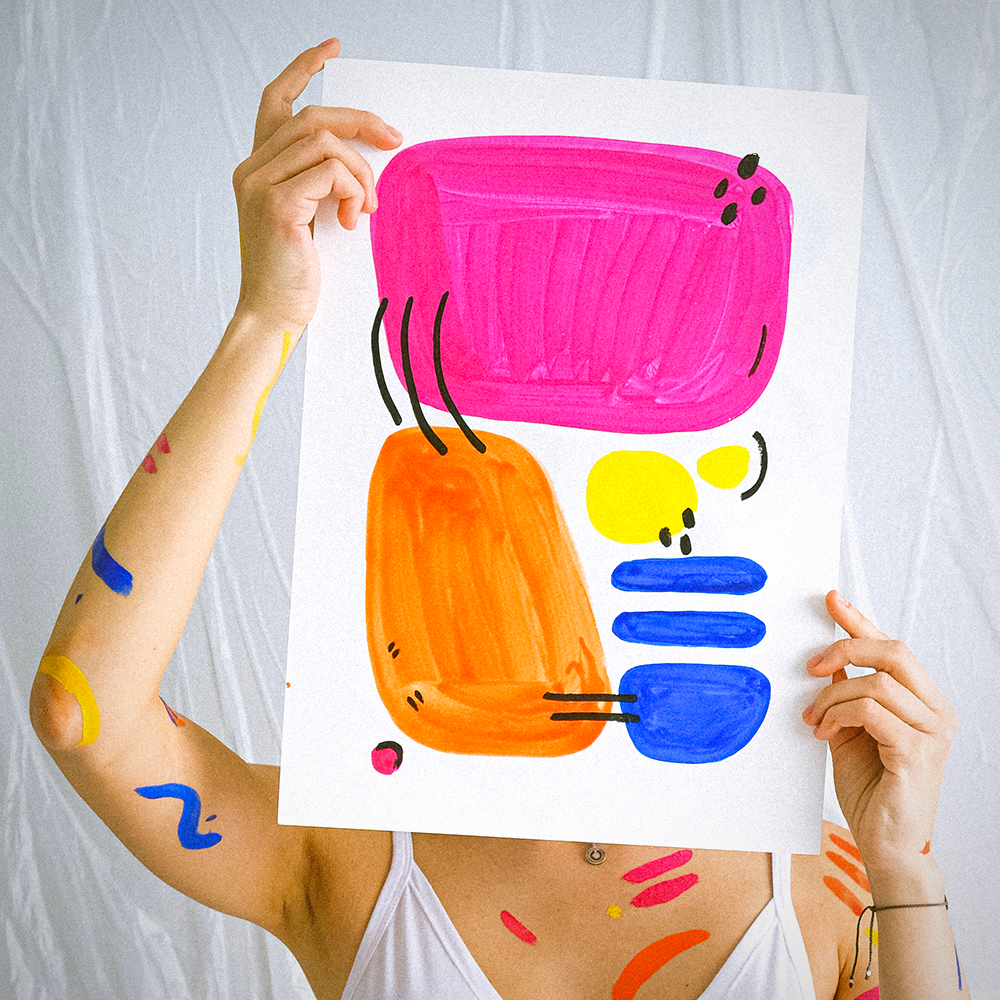

Painting Basics
Now that we’ve compared the basics of these two painting mediums, let's break it down even further and look at the finer details.
When deciding which paint to use, consider the surface you’ll be working on and the longevity of your project.
Tempera paints are best suited for smaller projects on paper, canvas, or wood and should be used if you need to cover a lot of ground quickly.
Acrylics are better for large projects that will remain outdoors over time and can be used on almost any surface.
Both offer unique benefits and drawbacks, so it’s important to consider your specific project before making a final decision.
At the end of the day, it comes down to personal preference.
Both tempera and acrylic paints offer vibrant colors that will make your artwork stand out.
Choose the paint that best suits your project and have fun creating!
What’s great about art is there are no wrong answers and every artist’s work is unique.
If you're looking to get started painting, know that you can’t go wrong with either tempera or acrylic paint.
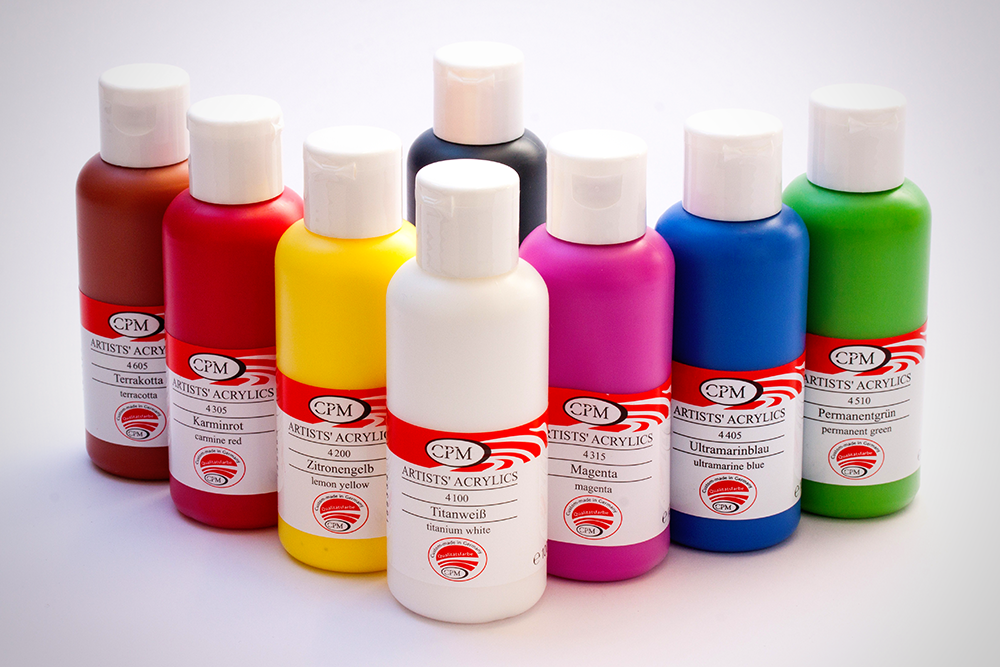


Painting Tips
If you're eager to begin painting and not sure how to start, here are some tips to help you tap into your creativity:
Start with the basics and practice mixing colors, blending, and shading.
Look for inspiration from other artists, books, museums, tutorials, and more and experiment with different techniques.
Don’t be afraid to make mistakes and remember that practice makes perfect!
Take time to explore the different properties of both tempera and acrylic paints so you can decide which one best fits your project.
Consider the different painting media available and find the one that speaks to you; oil, acrylic, watercolor, tempera, pastel, and more--each offers unique advantages and provides a unique way to express your creativity.
Experiment with different painting surfaces to see which ones work best for you, so try canvases, paper, wood, bricks, and even fabric!
Don't put lots of pressure on yourself--remember to have fun and enjoy the process of creating something beautiful.
No matter which medium you use, the most important thing is to have fun and enjoy the process.
Painting is a great way to de-stress and express yourself, so have fun and keep exploring.
Each painting will be a reflection of your unique creative spirit, and the results are sure to be amazing.
So, grab your supplies, mix up a batch of paint, and get to creating!


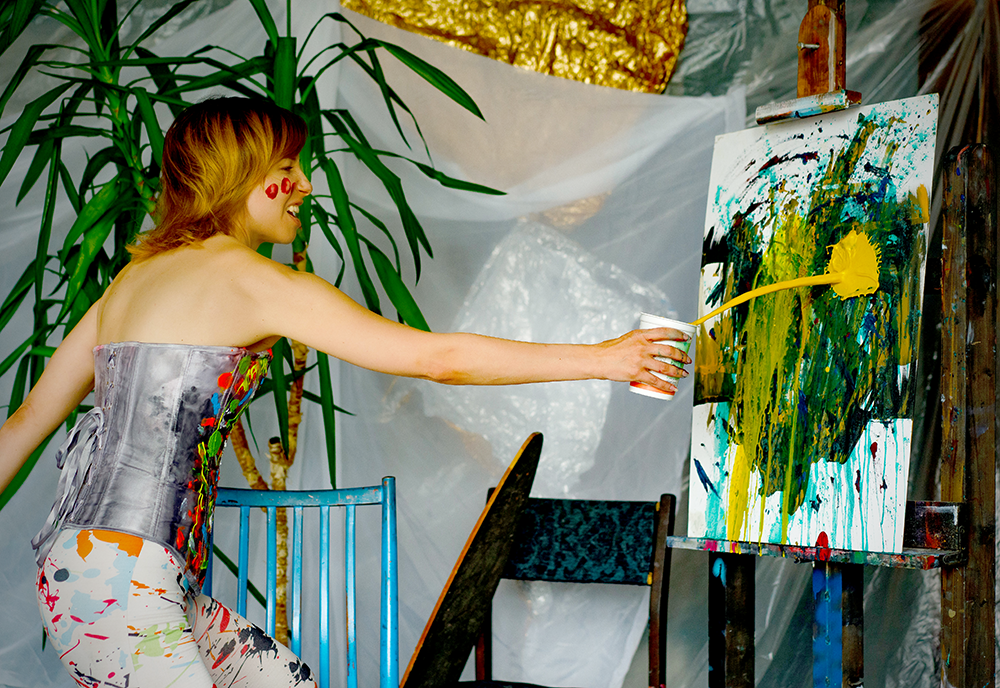
Tempera vs Acrylic Paint
The verdict is in: while both tempera and acrylic paints have their benefits, the best choice for your project will depend on the surface you’ll be working on and the longevity of the artwork.
When deciding between tempera vs acrylic paint for your next project there are several factors to consider such as desired finish, longevity needs, cost effectiveness and drying time.
Both have their strengths advantages and drawbacks, so ultimately it comes down to personal preference when choosing which one is best suited for your project!
No matter what type of paint you choose, though, enjoy the process!
Painting should always be enjoyable no matter what type of medium you're using!
Unleash your creative spirit, let your passion soar, and enjoy the process of creating art!
You’ll be amazed at what you can create with a little bit of paint and a lot of imagination.
Happy painting!
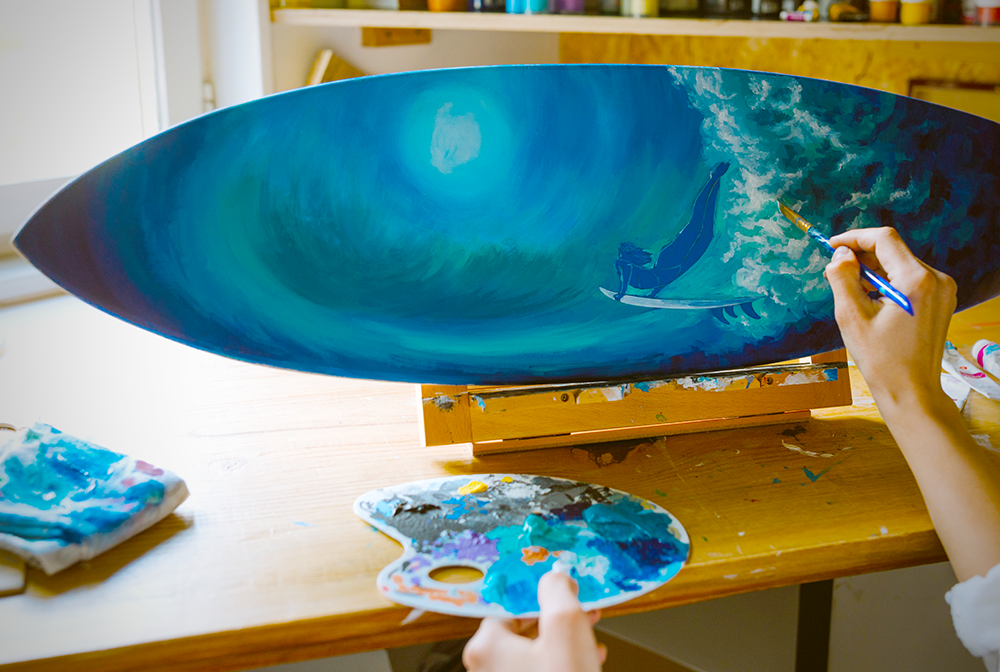

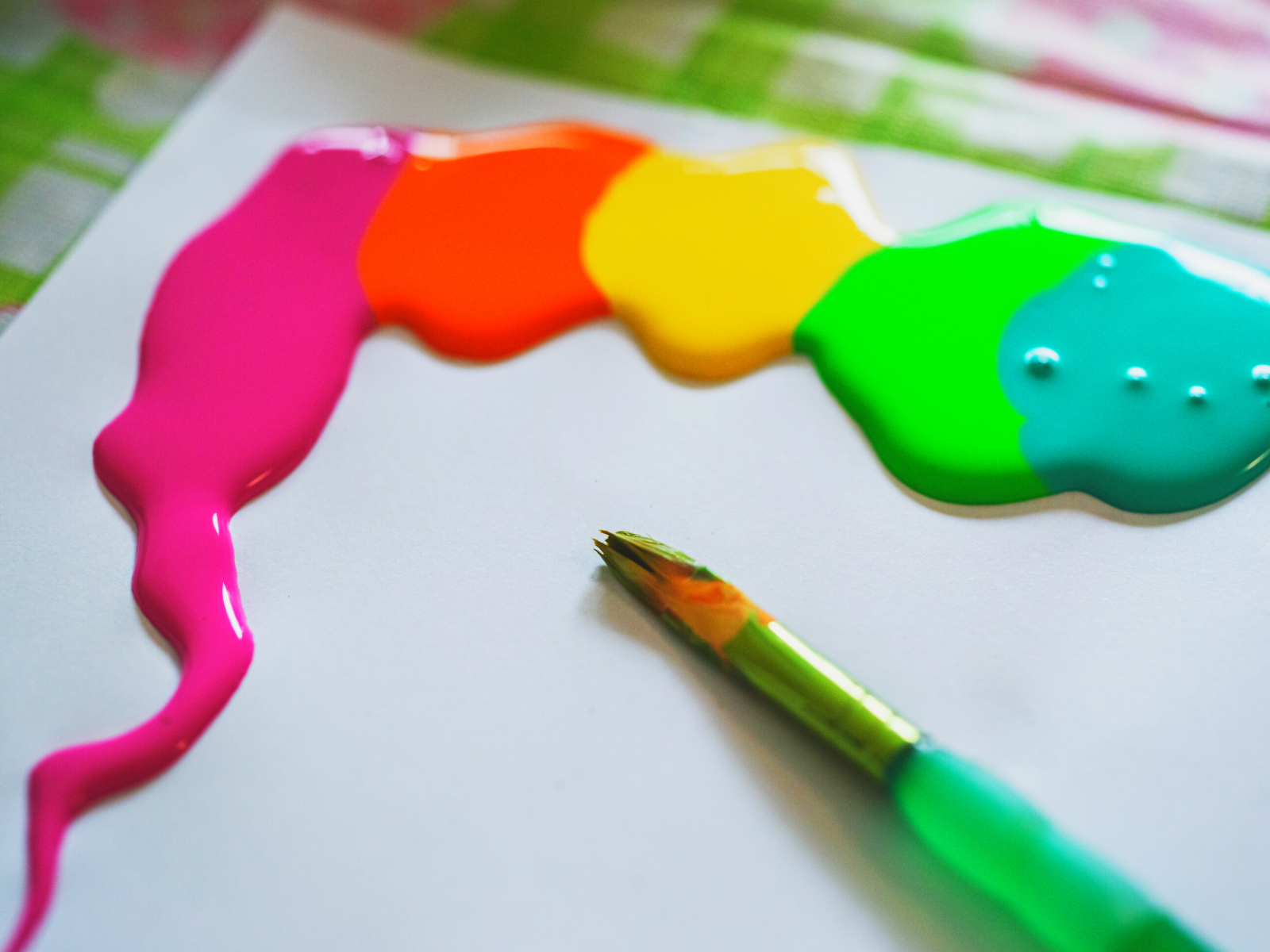
Interested in learning more about the different types of paint? Check out Colour with Claire's video!
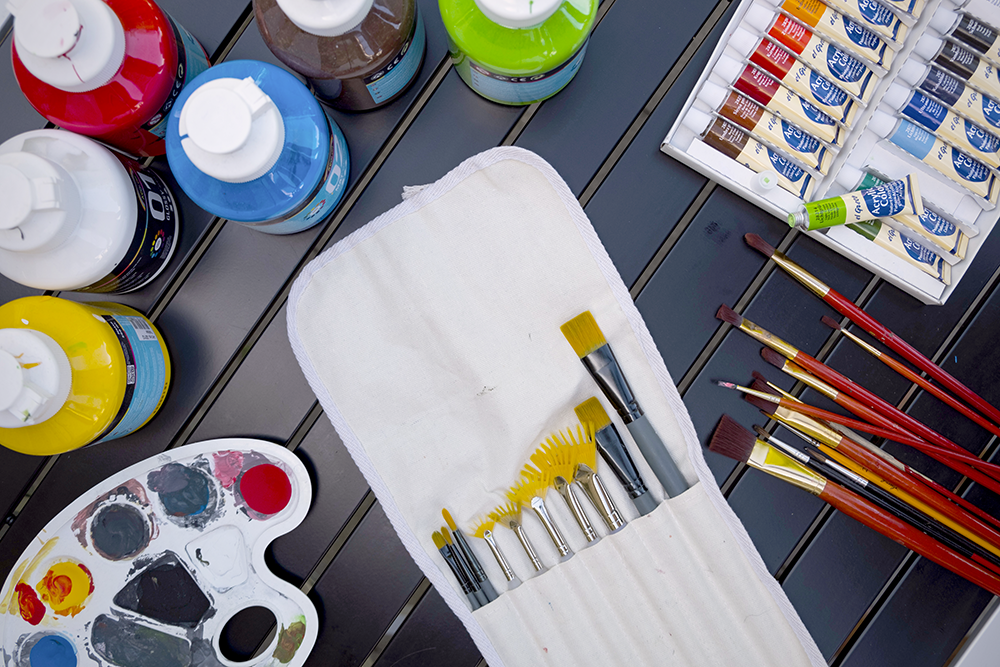

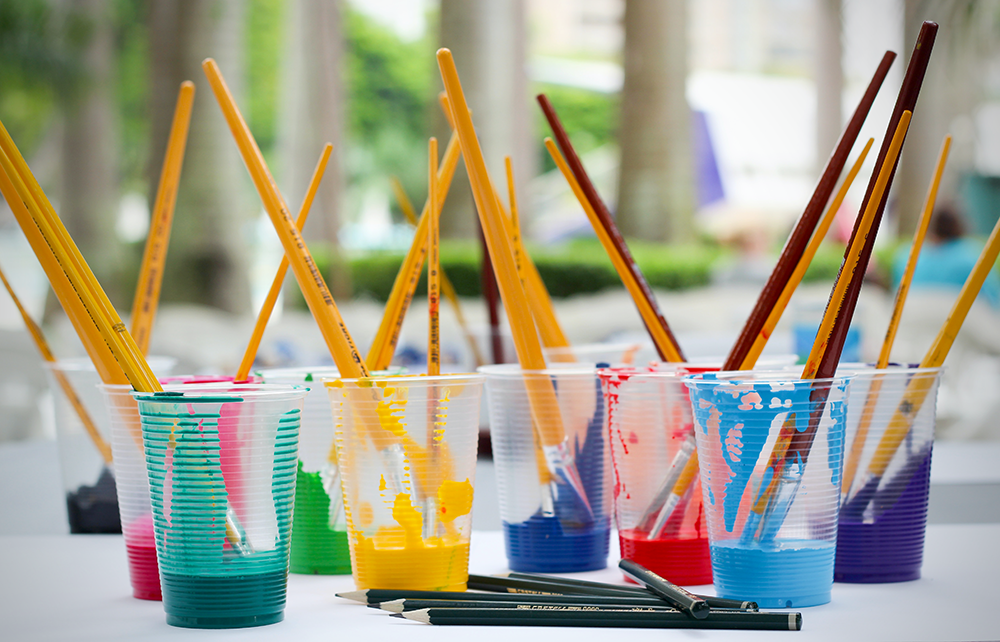
Want even more content about creativity and art?
Be sure to check out all of our creative chronicles!
Ready to dive into the world of painting?
Check out our other painting articles:
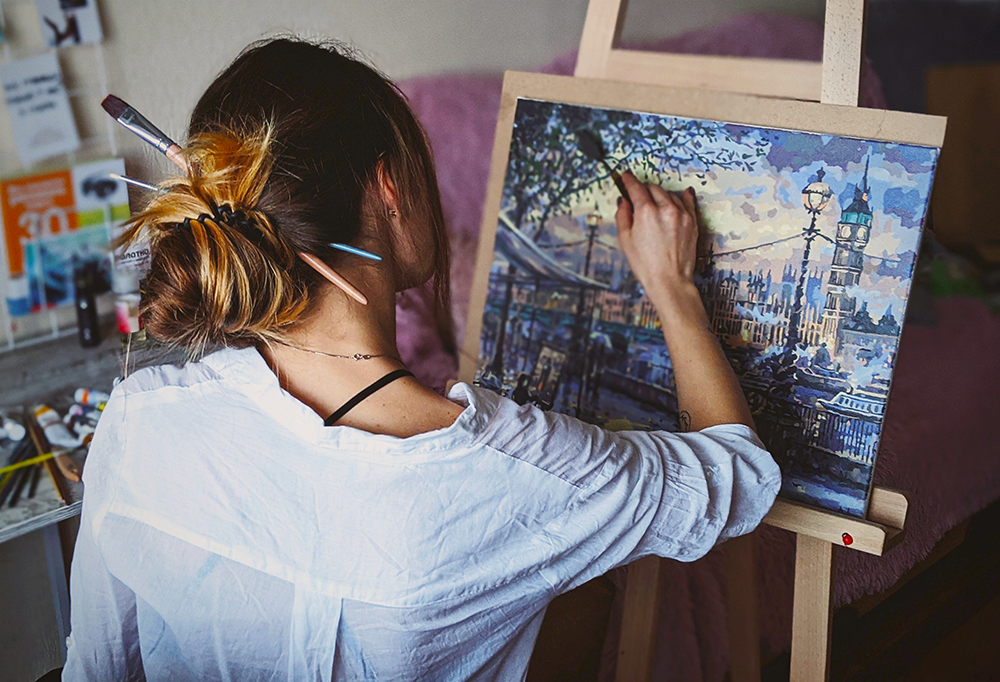
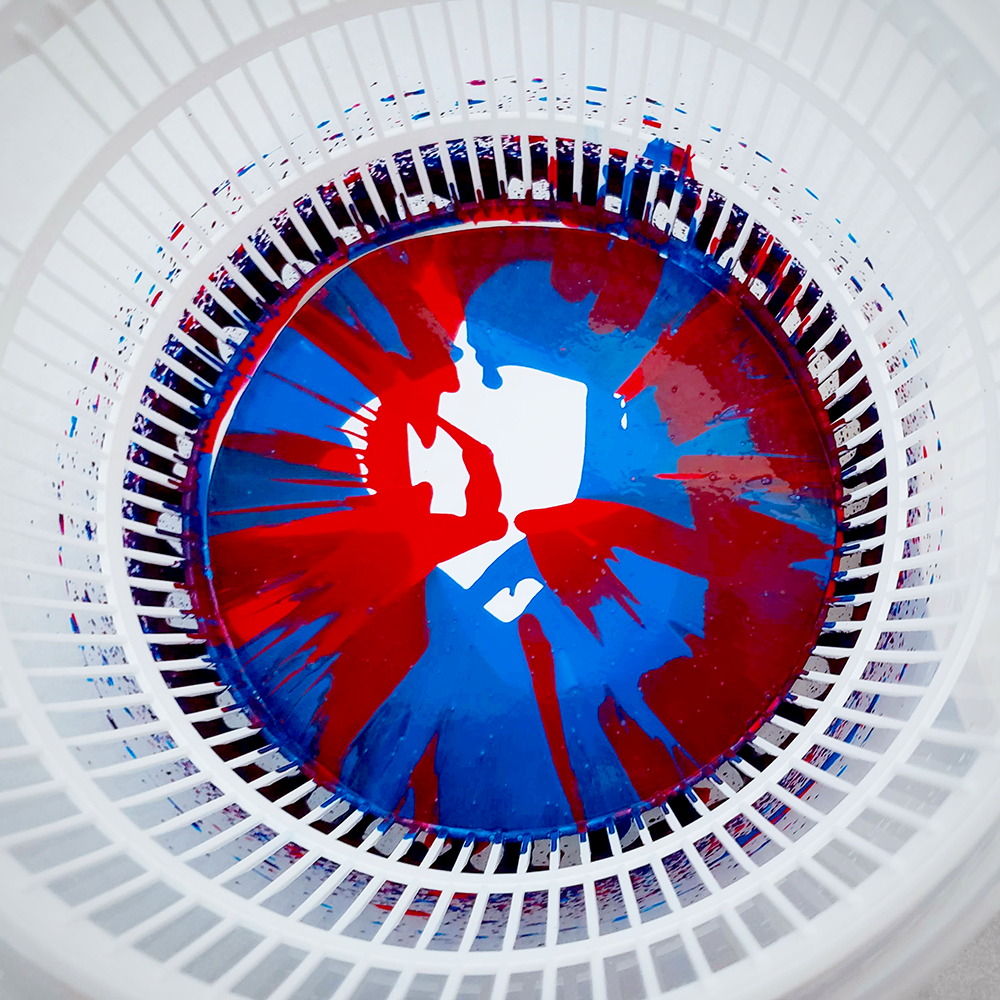
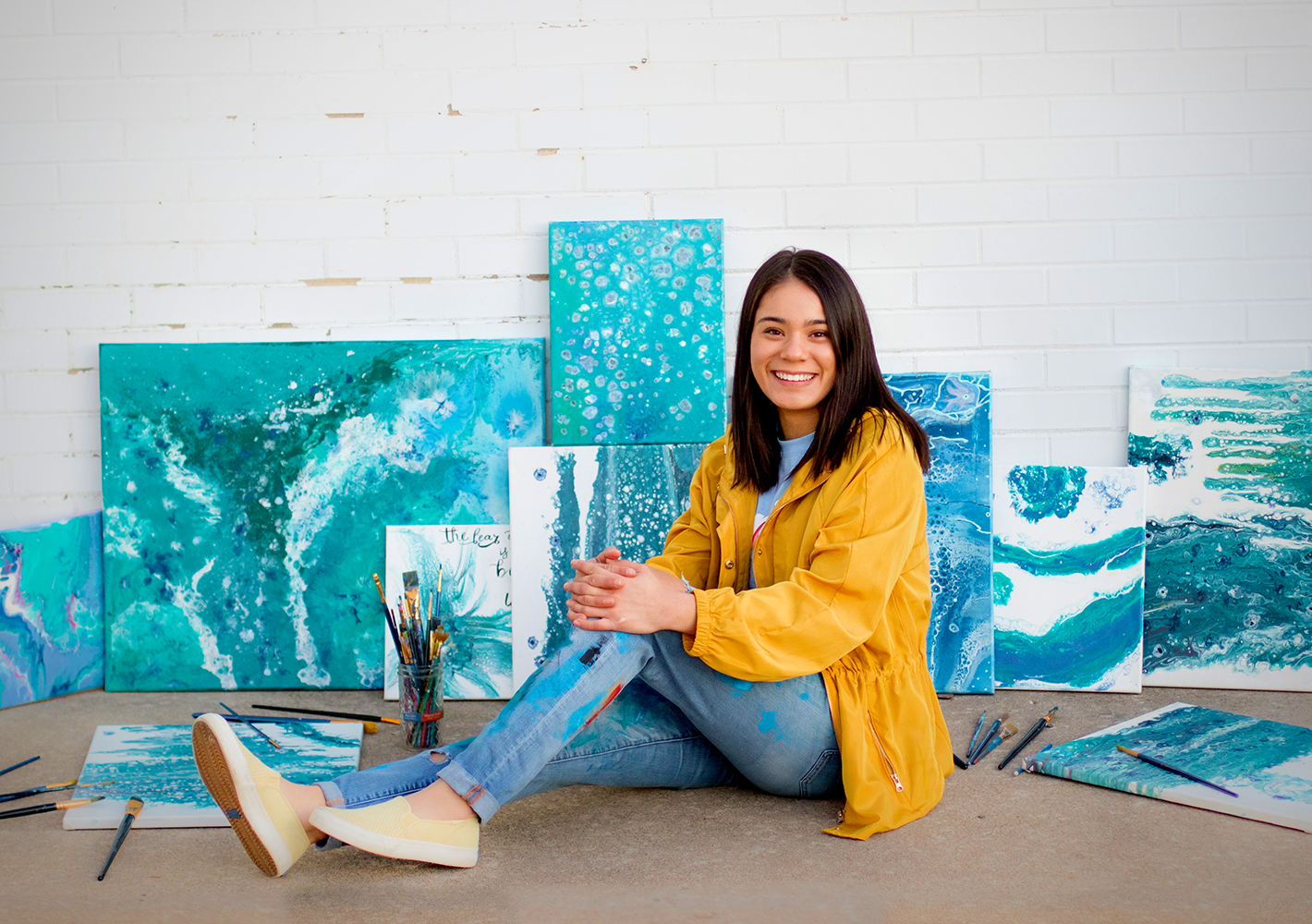
Looking for new painting ideas?
Check out some of our other articles:


